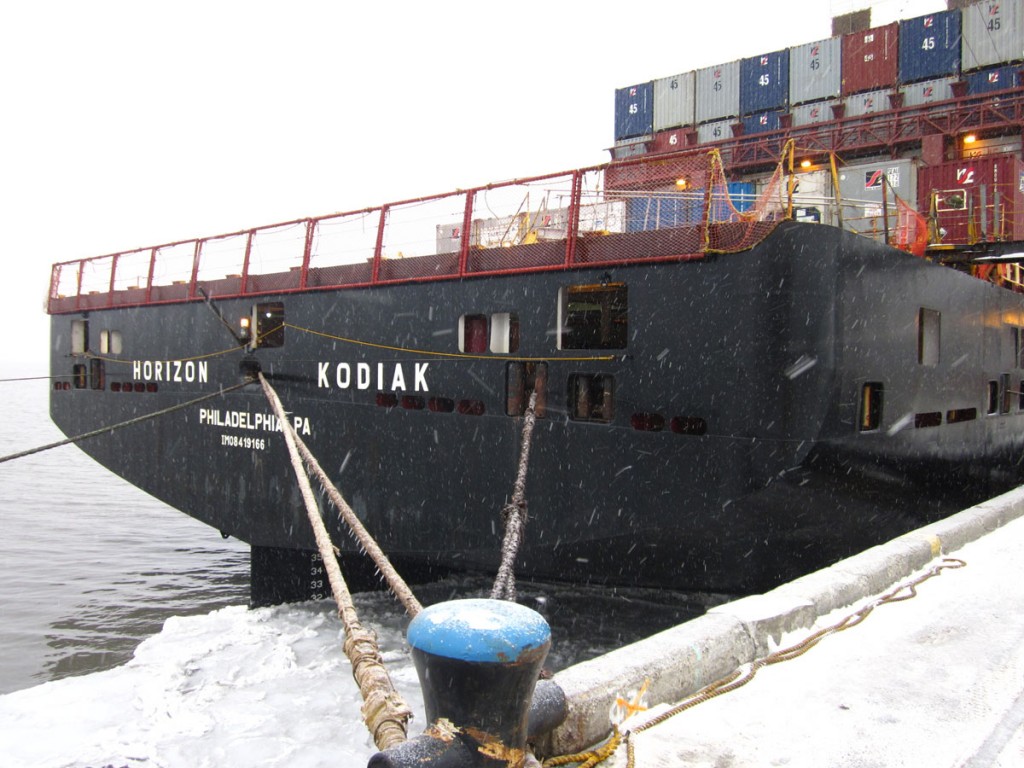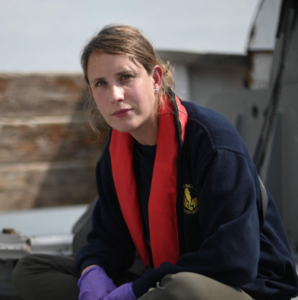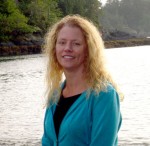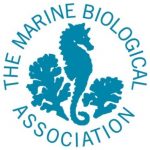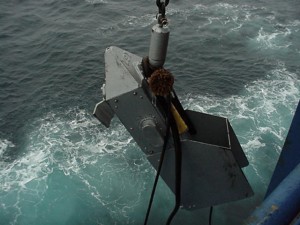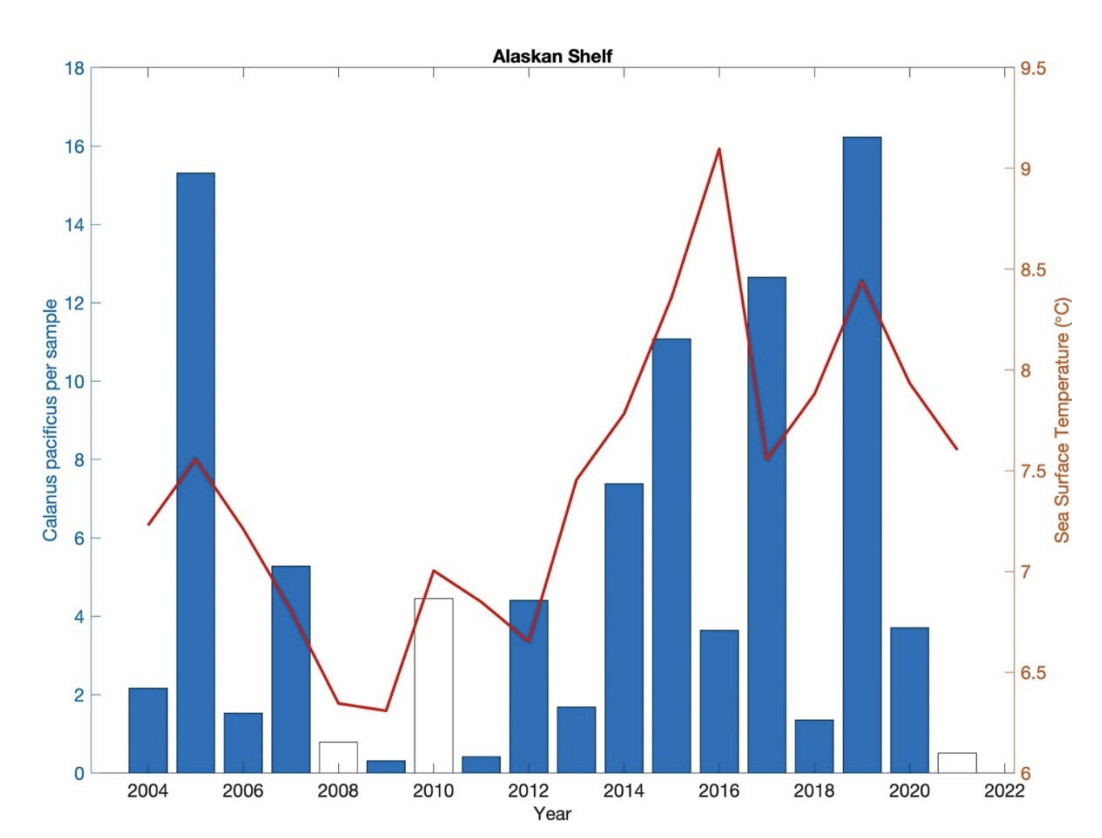Phytoplankton bloom
with warmth of light’s return
Ocean life renewed
Why are we sampling?
Plankton, the organisms that drift with ocean currents, are the base of every marine food chain. Both phytoplankton (plant) and zooplankton (animal) are sensitive to physical, chemical and biological changes in the environment and respond rapidly to a range of environmental stressors. Subtle changes in the plankton community, such as in the types and abundance of different plankton species, in the size range of plankton, in the timing of an annual plankton bloom, or in the total biomass of phytoplankton and zooplankton, can have profound effects on the species at higher levels in a marine food web. In the Gulf of Alaska, the higher-level species include marine mammals, seabirds, and salmon, as well as herring, sand lance, and capelin, known collectively as “forage fish” because they have so many predators. Many predators migrate between the area affected by the Exxon Valdez oil spill on the shallow Gulf of Alaska continental shelf and offshore waters. Some depend on prey that migrate between the two types of habitats. An understanding of the productivity of both the continental shelf and offshore areas is therefore important to our overall understanding and to predictions of changes in the abundance of animals throughout the oil spill-affected area.
The objective of the Continuous Plankton Recorder (CPR) project is to sample plankton from ships that make repeated transits across the Gulf of Alaska. These are called “vessels of opportunity” because they are not research vessels – they are cargo ships that carry CPR instrumentation. As a vessel of opportunity makes its transit, the CPR collects data about the abundance and biomass of different types of plankton continuously. Plankton data collected in this way in the Gulf of Alaska during spring and summer seasons since 2000 and the data have been summarized and analyzed on a monthly basis. These data have proved important in helping us understand factors that may have caused changes within the ecosystem at different times and within different regions.
Where are we sampling?
Plankton data are collected on a path that begins in the open Gulf of Alaska crosses the “shelf break” where the sea bottom steeps sharply upward to the shallower continental shelf, and then crosses the inner part of Cook Inlet.
How are we sampling?
The cargo vessel Matson Kodiak tows the Continuous Plankton Recorder (CPR, pictured) northbound towards Cook Inlet approximately once per month between April and September each year. The samples are unloaded and the gear serviced each time by Alaskan technicians who have been trained by the Marine Biological Association (MBA). Sample processing is carried out at the Department of Fisheries and Oceans laboratory in Sidney, British Columbia and at the MBA laboratory where the plankton, the majority of which are microscopic, are identified and counted.
What are we finding?
Over the last five years of this project, plankton sampling in the Gulf of Alaska has occurred during unusual and persistent warm conditions. This has led to plankton communities on the shelf being biased towards smaller zooplankton. Additionally, large diatoms were low during this warm period, likely due to increased grazing and reduced nutrient conditions. Warm water copepods, however, were more numerous than average.
However, in the last few years of sampling, there are indications that the plankton in the shelf region may be returning to more typical sub-arctic communities. Although it’s uncertain how changes in the taxonomic composition of prey affect predators through nutritional contributions to their diet, there could be some benefits if plankton communities return to average. Despite experiencing multiple successive warm years, the plankton communities seem capable of shifting back to pre-heat wave states.
